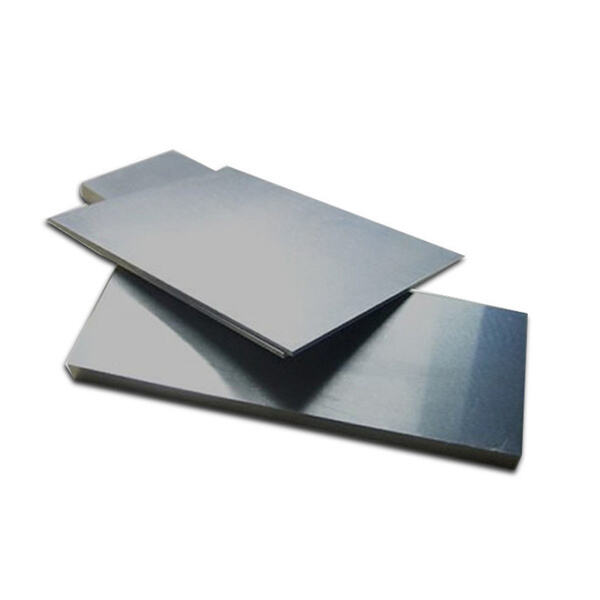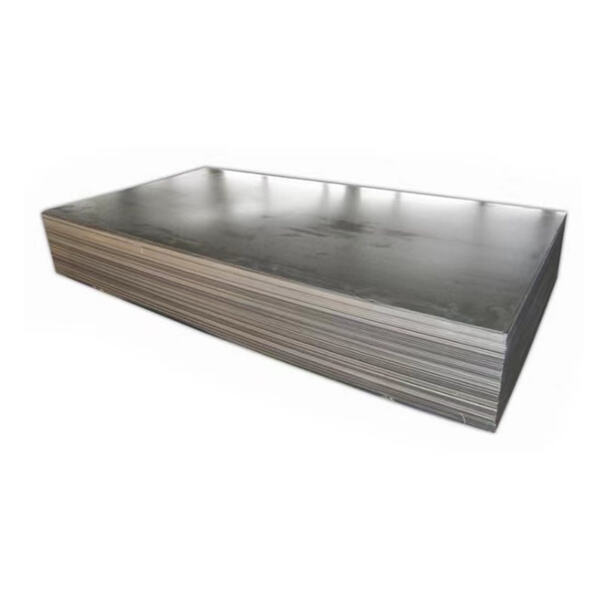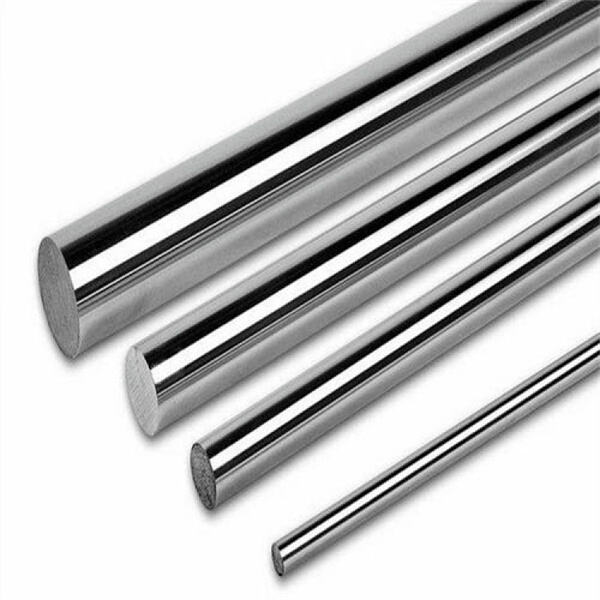Niobium and tantalum are a pair of underappreciated metals that don’t get a lot of love because they work very hard to stay out of the limelight. These metals are strong and can withstand heat and rust. This has the effect of making them well-rounded in a wide variety of occupations.
When niobium and tantalum are combined, they form a super strong material called an alloy. It’s also much stronger than either metal alone. And it can stand up to damage from chemicals and high heat. It is these unique features that make niobium and tantalum alloys ideal for electronic devices, airplanes, and medical equipment.
Niobium and tantalum are alloys are frequently used in electronic devices such as smartphones and computers. They are used to make devices smaller, lighter and stronger. And the alloys can conduct electricity really, really, really well, which is important when it comes to making our electronics function the way they’re supposed to.

The aerospace industry creates parts for airplanes and rockets from niobium and tantalum alloys. These metals can cope with the severe heat and pressure present in the sky and space. This enables engineers to design safer and more efficient aircraft using niobium and tantalum.

Strength is not the only thing niobium and tantalum alloys have going for them — they are also good for the environment. By using these metals in construction, they can aid in waste and pollution reduction. This is feasible because niobium- and tantalum materials can be recycled and the properties that make them unique can be retained over multiple recycling cycles.

Niobium and tantalum alloys are starting to be utilised by doctors and scientists on medical devices such as implants and surgical instruments. And these metals are safe inside the human body. Niobium and tantalum may also help devices last longer inside our bodies, resulting in fewer surgeries.